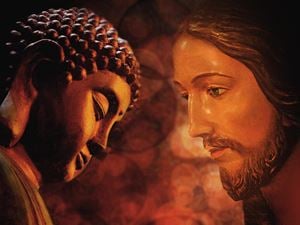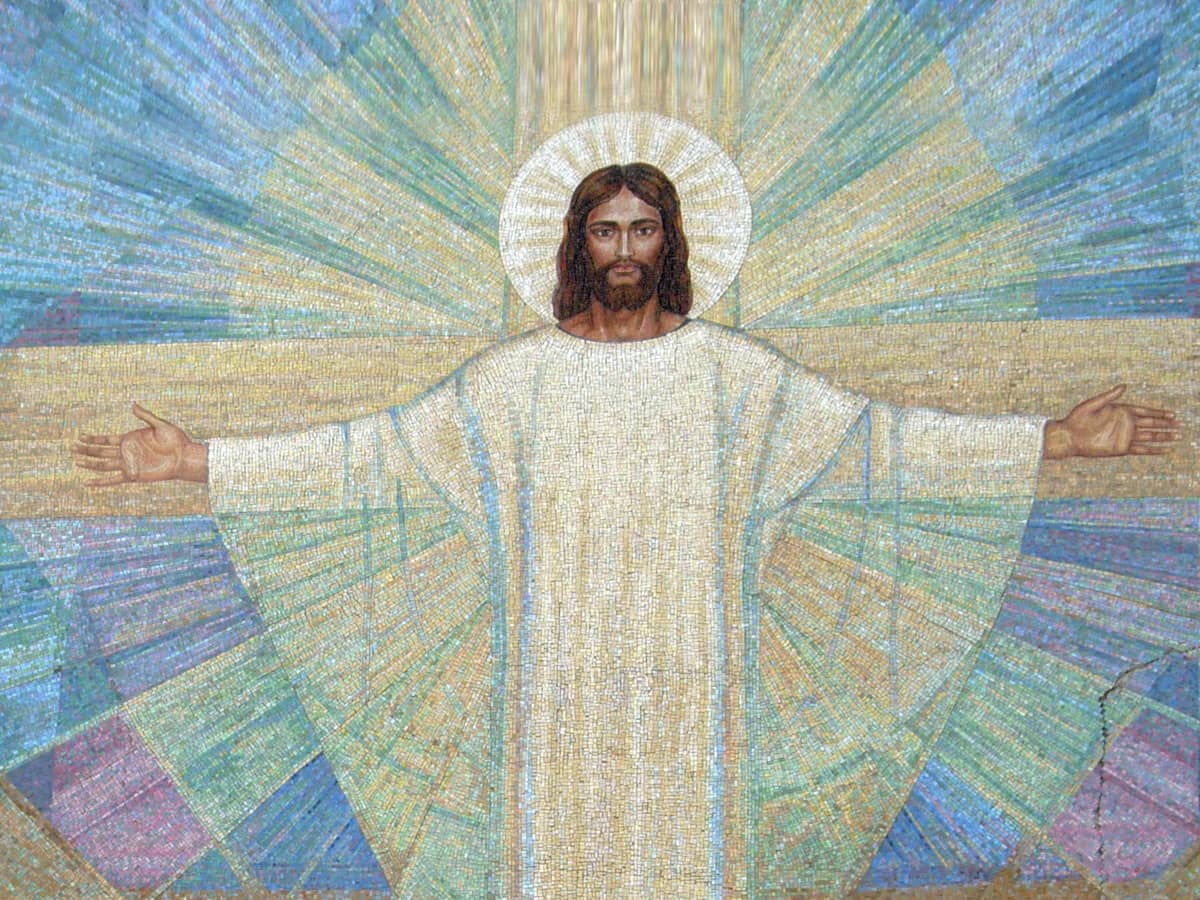
Shutterstock.com
Age gives things a certain level of authority especially when it comes to advice and morals. While there will always be people who think that newer is better, many people at least recognize and respect the weight that is given to advice or traditions that have survived for hundreds of years. As such, religious ideas that can trace their origins back to ancient times are far more difficult to dismiss than more recent thoughts that popped up only a few years back. This means that there is a great deal more than bragging rights involved with the title of World’s Oldest Religion.
Obviously, dating each faith on the planet would be the work of a lifetime. As such, not every faith is listed here. Instead, the ages of some of the more common religions are examined. Also, since every religion insists that it can trace its origins back to time immemorial through creation stories, a religion’s age is based on either the life of its founder or when the beliefs most commonly and strongly associated with the religion began and continued more or less without interruption.Neopaganism
Neopaganism is one of the youngest religions in the world. Wicca, arguably the best known Neopagan religion today, developed in England during the first half of the 20th century. It was not until the 1950s that the movement became known to the general public.Neopagan beliefs and practices are derived from and based on the religions of the ancient Greeks, Celts, Egyptians and Mesopotamians. Contemporary Neopaganism, however, differs greatly from its ancient ancestors. Modern Druids, for example, often see themselves as peacekeepers and work to live lives that avoid violence of any kind. Ancient Celtic Druids most likely participated in human sacrifice.
Islam
Islam is the youngest of the major world religions. Its founder, Muhammad, was born in Mecca in A.D. 570. When he was an adult, Muhammad received a series of revelations from the angel Gabriel. These revelations would become the Quran, the holy book of Islam, and Muhammad’s followers would come to be known as Muslims.The early Muslims emigrated from Mecca to Medina in A.D. 622. It is in this year that the Muslim calendar begins. Either this year or the year when Muhammad is said to have received the first vision from Gabriel would be best considered to be the birth date of Islam.
Christianity
The Gregorian calendar, the calendar most commonly used in the world today, is based on the birth of Jesus Christ. As such, Christianity is almost painfully easy to date. Christ was born in the year 0 A.D. Christians tend to hold this as the beginning of Christianity because Christ’s birth on Earth was the beginning of the fulfilment of the Old Testament prophecies. In reality, however, Christianity would be best dated to be a little younger than the current calendar year. While the birth of Jesus of Nazareth would be an event that would come to shape the modern world, Christianity did not truly begin until the death and resurrection of Christ in A.D. 30. Without that event, Christ would have remained a powerful, charismatic prophet. It was His resurrection that forever separated Christianity from Judaism. As such, Christianity would be just under 2,000 years old.Judaism
The older religions are, the harder they tend to be to accurately date. As Judaism lacks a single founder as is found in Christianity and Islam, Judaism has to be dated through other means. While there is considerable debate about what should be considered the beginning of Judaism, most scholars place the religion’s birth in the Bronze Age. This would make Judaism more than 3,000 years old. Depending on how one dates the religion, however, it could be markedly older.Taoism
Taoism is a religion that was begun in China in the late 4th century B.C. by a man named Lao Tzu. Also spelled Lao Tsu and Laozi, Lao Tzu is believed to have been a great philosopher and writer of the “Tao Te Ching.” Taoists and scholars disagree on when exactly Lao Tzu lived. Most Taoists believe that Lao Tzu was a contemporary of Confucius. This would place Taoism as beginning in the 6th century B.C. Most historians, however, believe that Lao Tzu was born during the Warring States period in the early part of the 4th century.Buddhism
Rather like Christianity, Buddhism can be dated from either its founder’s birth or from the event that would come to define the religion. Siddhartha Gautama, who would come to be known as Gautama Buddha or simply the Buddha, was born in Nepal in the 6th century. The actual date of his birth is widely debated, but the general timeframe would place Buddhism as being around 2,600 years old.Buddhism can also be dated from the moment when Gautama Buddha became enlightened. Like Christ’s crucifixion, this was the moment that defined Buddhism. This event took place in the same century as the Buddha’s birth, so it does not change the age of Buddhism by much.
Zoroastrianism
Zoroastrianism or Mazdayasna is one of the oldest religions in the world. It is a monotheistic religion that is believed to have begun between 2,000 and 1,000 B.C. but would not be mentioned in surviving records until the mid-5th century B.C. The founder of Zoroastrianism, Zoroaster or Zarathustra, is believed to have lived between 1200 and 1500 B.C.Zoroastrianism is still practiced today. This would make this ancient monotheistic religion one of the oldest continuously practiced religions in the world.
Hinduism
Hinduism is often considered to be the oldest of the world religions with a history stretching back over 5,000 years. This would make Hinduism the oldest major religion by far. Unfortunately, there is no proof that Hinduism as it is known today was practiced in the lost culture of the Indus River Valley Civilization. Many of the carvings from that period resemble more contemporary depictions of Hindu gods, and it appears the ancient people worshiped a pair of male and female deities who are often associated with early depictions of Shiva and Shakti. There is a great deal of writing that survived from this society, and those texts may have the answers scholars seek. Unfortunately, no one alive knows how to read the ancient language. As such, a better date for the beginning of Hinduism would be in 1500 B.C. when what is known as the Vedic period began. This still makes Hinduism noticeably older than most other religions, but it is in serious competition with Zoroastrianism.Animism
Animism is the oldest religion on Earth. Still practiced today, this ancient way of thinking has roots in the earliest religious thoughts of mankind. Animism is the belief that all things, from animals to rivers, are alive and animated. It dates back to the Paleolithic Age, far before organized religion was ever even considered. Frankly, animism predates organized society, much less organized religion. It was the belief system of hunter-gatherers who were still far from becoming the dominant species on Earth. The sheer age of the religion, however, goes to show that even when humans were struggling to survive, they believed that there was something more to this world.The age of religions is often simply a question used for adherents to win bragging rights or to help students create a timeline for religious thought. The question, however, deserves more attention than it receives. After all, how does one decide when a religion truly began? Is it with the birth of a founder such as Lao Tzu? Is it when a defining event occurred such as Christ’s resurrection? Is it when a religion takes on the form that it follows in the modern day? The age of religion is a fascinating subject because the question is not really about dates at all. When a person considers the age of a religion what they are forced to confront is a different question entirely: what makes a religion a religion?

